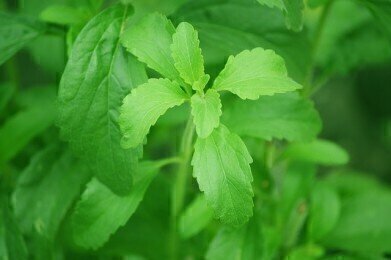Bioanalytical
Are Sweeteners as Natural as We Think? - Chromatography Investigates
Nov 21 2016
A team from the University of Bonn in Germany has found that compounds known as steviol glycosides are unchanged during different stages of production. The report helps to confirm that the sweetener or sugar substitute known as stevia can be considered as a natural sweetener.
Scientists analysed three different batches of stevia throughout the production cycle — the dried leaf, first water extract and final stevia product. They found all nine glycoside molecules that are required by the Joint Expert Committee on Food Additives (JECFA) — a body jointly administered by the United Nations’ Food and Agriculture Organisation and the World Health Organisation — were present in the different samples from dried leaf through to final product.
What is stevia?
Stevia is a plant that was originally from South America where the plant and leaves have been used for hundreds of years as a sweetener for food and drink. The active compounds are steviol glycosides — a type of carbohydrate — and they can be up to 350x sweeter than sugar with none of the calories — an obvious benefit to people on certain types of diet.
Today, the status of stevia and its various extracts as food additives or supplements varies between countries. For example, the European Union and Canada have approved steviol glycosides as food additives whilst the United States has not. The US does accept that some extracts — such as the glycoside Rebaudioside A — are safe and can be used as a food additive. Perhaps the problem lies in the fact that steviol and some of the glycosides have been found to be mutagenic in some lab tests — but not at the doses used in human use.
The team at the University of Bonn wanted to show that the molecules that give the stevia plant its natural sweetness are present in the products that are the result of turning the plant into a commercially available food additive — enter chromatography.
The sweetness of chromatography
To analyse the three different batches of stevia the team turned to chromatography — specifically to high performance liquid chromatography using both reverse phase (RP) columns and hydrophilic interaction chromatography (HILIC) — a variant of normal phase liquid chromatography. The analysis of carbohydrates is discussed in the article, HILIC Separation of Carbohydrates using BEH Amide Particle Technology.
The team could identify eight of the steviol glycosides using RP-column and rebaudioside-D using HILIC. The analysis shows that the steviol glycosides molecules are not modified by the manufacturing process — giving evidence that high purity stevia leaf extracts are indeed natural.
As Dr Wölwer-Rieck — the lead scientist on the study states:
"Finding the same nine steviol glycoside molecules unchanged in the stevia leaf, the water extract and in the final product confirms that the commercial extraction and purification process of high purity stevia leaf extract does not alter the sweet steviol glycoside molecules in the leaf,"
So, sugar or stevia? Or are you sweet enough.
Events
Mar 18 2025 Beijing, China
Mar 25 2025 Paris, France
Mar 31 2025 Beijing, China
Apr 02 2025 Saigon, Vietnam
Apr 22 2025 Kintex, South Korea














